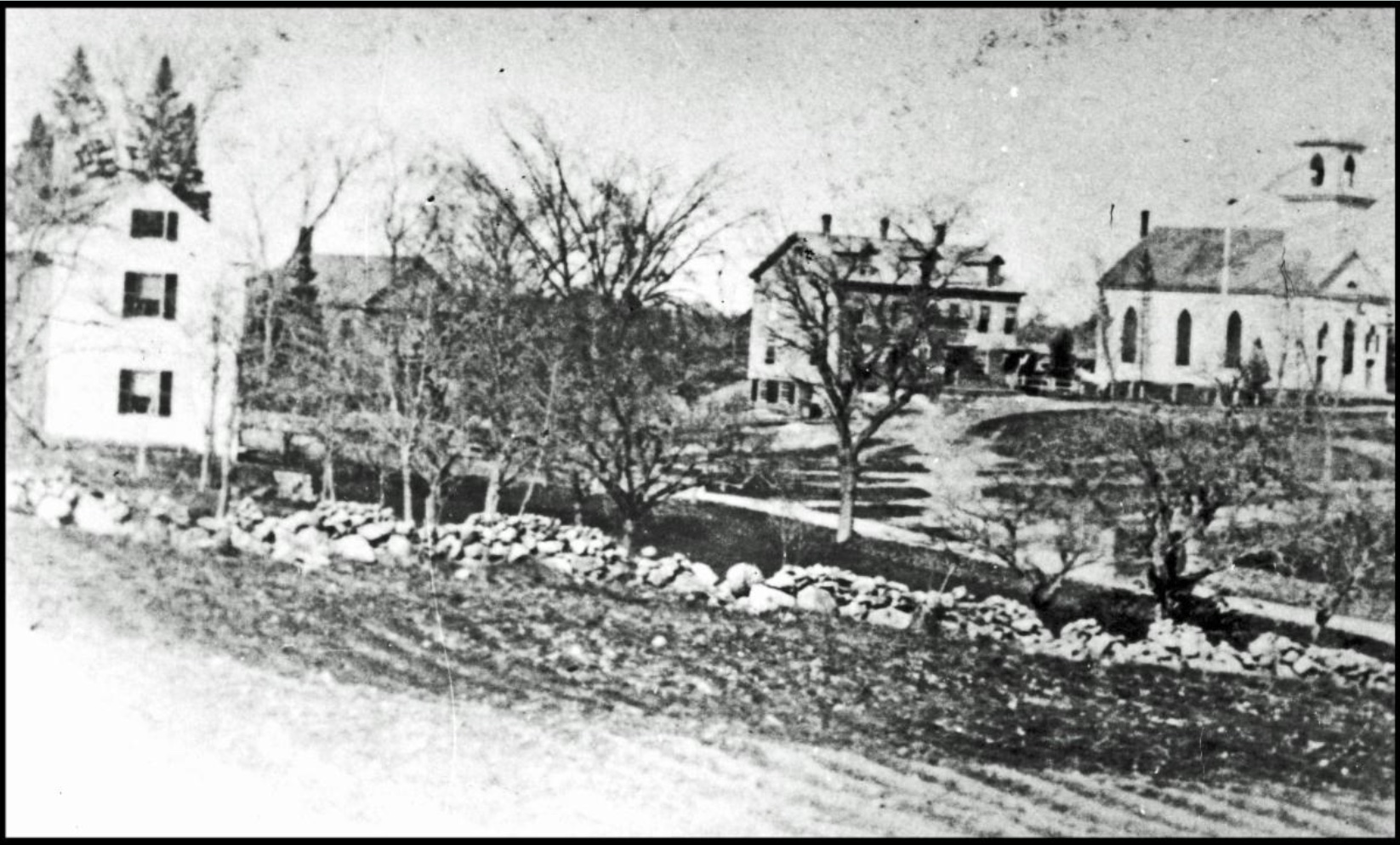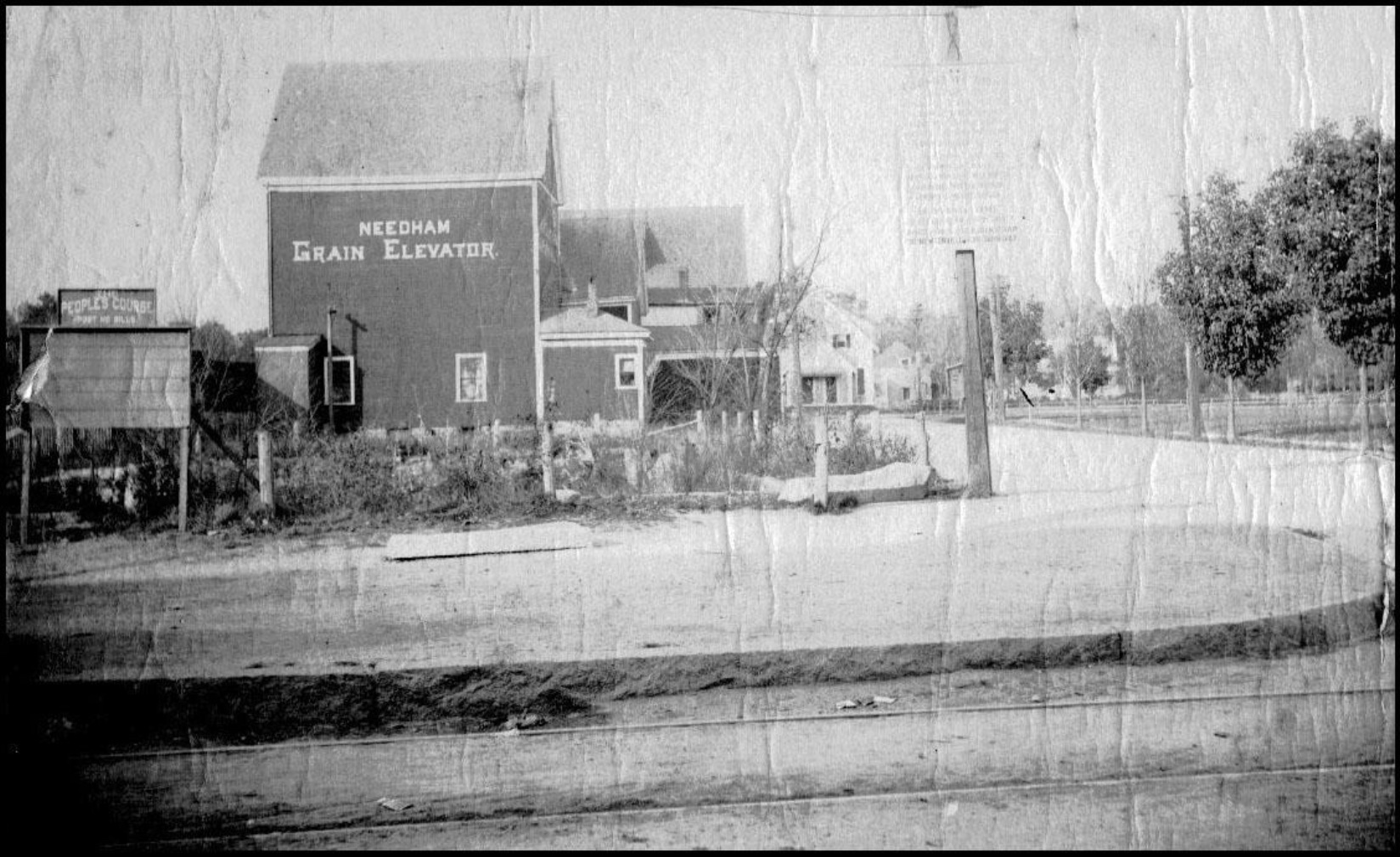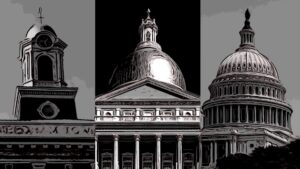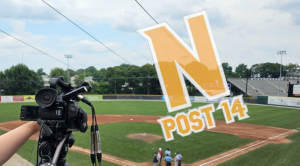
Needham History: The Lyceum
“Lectures and debates on all sorts of subjects
which concern the well-being of the community”

The Lyceum
“I take it for granted, when I am invited to lecture anywhere – for I have had a little experience in that business – that there is a desire to hear what I think on some subject, though I may be the greatest fool in the country – and not that I should say pleasant things merely, or such as the audience will assent to; and I resolve, accordingly, that I will give them a strong dose of myself. They have sent for me, and engaged to pay for me, and I am determined that they shall have me, though I bore them beyond all precedent.” – Henry David Thoreau, “Life Without Principle” (1863)
I am currently reading Laura Dassow Walls’ recent biography, Henry David Thoreau: A Life. One of the recurring themes is Thoreau’s efforts to secure speaking engagements, which were pretty much the only parts of his literary life that made him any money. Many of his essays (“Civil Disobedience”, “Slavery in Massachusetts”) debuted as lectures. Several of his longer works, including Walden and Cape Cod, also saw their first excerpts presented at public lecture meetings. Thoreau became a regular on the Lyceum circuit – mostly the Concord Lyceum, but also in other towns in Massachusetts and beyond.
The Lyceum movement was an effort to further the education of adults in the US. The first Lyceum was in Millbury, MA in 1826, and rapidly spread to other towns and states. As the 19th century progressed, American life became increasingly complex – politically complex, and issues around abolition and secession became more urgent; technologically complex, as the Industrial Revolution mechanized our agrarian economy; and morally complex, as the Biblical worldview began to crumble under the assault of Darwin and the new sciences. Most Americans had, at this point, what we would consider to be a third-grade education: they could read and write in print and cursive, and they could do the math necessary to managing their trades and households. A favored few might be prepared by the minister for college, but most people went from the schoolhouse to the farm or workshop.
By the early 19th century, the Three R’s were no longer sufficient. The Lyceum was an attempt to fill in the gap between what was learned in school and what was increasingly necessary knowledge for an informed citizen. The local Lyceum organizers set up a regular schedule of speakers on various topics, and the audience was encouraged to follow with discussion.
Needham had a Lyceum, which was organized by the local physician, Josiah Noyes, in 1831 and lasted until 1860: “Needham Jan. 7th 1831. People from various parts of the town of Needham met at the Alms-house to consider the nature, purposes and objects of Lyceums; and determine whether it would be expedient to form an institution of this kind – if deemed expedient, what measures were best to establish one and bring it into successful operation.” The Needham Lyceum met every two weeks or so in the winter, and used various locations in town to give everyone an opportunity to attend. Dr. Noyes was a frequent speaker, addressing the audience on Chemistry, Botany, and Abolition; the History Center has some of his lecture texts. The Rev. Daniel Kimball gave a series of lectures on Needham history (yay!). Other Needham speakers included Lyman Kingsbury (“with his sonorous voice, ponderous periods, and careful diction”), Brackett Lord (“a man of force of character and clear ideas”), Benjamin Kimball (“a Harvard graduate, by profession a farmer, with a taste for literature”), and the Rev. Moses Winch (“who, although of weak voice, was able to impress his thought on his hearers”). There were also out-of-town speakers on topics such as Civilization, Capital Punishment, Books and Observation, Columbus and Washington, Wealth and Knowledge, etc.
In a later (undated) article from the Needham Chronicle, the Lyceum is described as “an institution in its day that met to discuss moral, political, and religious problems, and served to train the ambitious youth in his course towards eminence in public life. Lectures and debates on all sorts of subjects which concerned the well-being of the community were listened to, and participated in by men from all parts of the town… thus, this was the forum of the day, and to it gathered men of prominence and influence…”
Although it was apparently the most serious, the Lyceum was not the only public- education game in town. In 1893, Re. J. J. Lewis of South Boston embarked on a series of illustrated lectures in the area about his pilgrimage travels. He spoke in Needham for three nights in October 1893.
We have one program from The Social and Literary Union dated 11 May 1881, which included a number of musical and literary presentations. The one that most intrigues me is a Tableau entitled “The Dividing Line” – an allegory in which The Old Lady (Massachusetts), played by Miss Hattie Zirngiebel oversees the partitioning of Needham (played by Mr. George Lyman Kingsbury) and Wellesley (played by Mr. F. Eaton). Mr. Denys Zirngiebel makes an appearance as Bridges (as in, the kind that go over the rivers – ouch!), alongside Mr. Charles Holmes as Generosity. This was especially daring, as the two towns had legally separated only a few weeks before, and feelings were still pretty bruised.
We have several programs from The People’s Course from 1900 to 1903. The People’s Course was an educational organization that began in the mid-1800s; it provided a mix of educational lectures and entertainments. In Needham, it was organized by Emery Coulter (“humorist and dramatic manager,” and occasional professional photographer). The Needham offerings featured local residents (“An Evening with Homer Eaton, Needham’s Favorite Impersonator”), harp solos from Miss Annie Frank Libby (“Miss Libby uses her $5000 harp at every performance!”), and illustrated lectures (“Peary’s Progress to the Pole,” with Mr. Herbert Bridgeman).
The Chautauqua also had an appearance in Needham. The society began in upstate New York in the 1870s as a partner and eventual successor to the Lyceum movement. It grew in popularity in the early part of the 20th century, and is still extant (and celebrating its 150th anniversary this year). The first Needham Chautauqua was a five-day series of lectures and entertainment in June 1921, under a big tent on Greene’s Field. This first season was a test effort, to see if “in a town so full of social and entertainment activities as Needham, the response would be sufficient to warrant future courses.” Overall, the attendance was good enough (“notwithstanding the heat and the many mosquitos”) to encourage the organizers to attempt a second season. The audience for the second year was not as large as for the first, but it was not a failure, either: “It cannot, perhaps, be said that there is unbounded enthusiasm, but the general interest provided sufficient to warrant making arrangements for a return of the same organization next year.” The third season was even less successful, and the guarantors (underwriters) had to pay $15 each to make up the expenses. Even so, the Chautauqua returned in 1924 for a fourth – and final – season. In the end, the conclusion was that there was too much entertainment in the program, and not enough of the promised education.
We are more than a little bit spoiled now, since information travels for us at the speed of light (for example, I just googled ‘Chautauqua’). Nevertheless, the impulse to join together in a community to learn or debate together is an enduring one. The First Parish keeps the tradition alive with its annual Lane Lyceum, a discussion of public policy. Numerous Needham organizations offer annual program schedules – the Council on Aging, the Public Library, the History Center (hooray!), and Needham Community Education. These, and other, organizations in town continue to offer “Lectures and debates on all sorts of subjects which concern the well-being of the community,” and which are absolutely guaranteed not to “bore [you] beyond all precedent.”
A view of the corner of Chapel Street and Great Plain Avenue, circa 1911. The grain elevator, later Tom’s Taxi, is now the site of the Citizen’s Bank. The weedy lot in the foreground is the old cellar hole, left behind after the fire that destroyed the odd Fellows Hall in 1887. The signboard at the left advertises The People’s Course.

 |
Gloria Polizzotti Greis is the Executive Director of the Needham History Center & Museum. For more information, please see their website at www.needhamhistory.org. |

